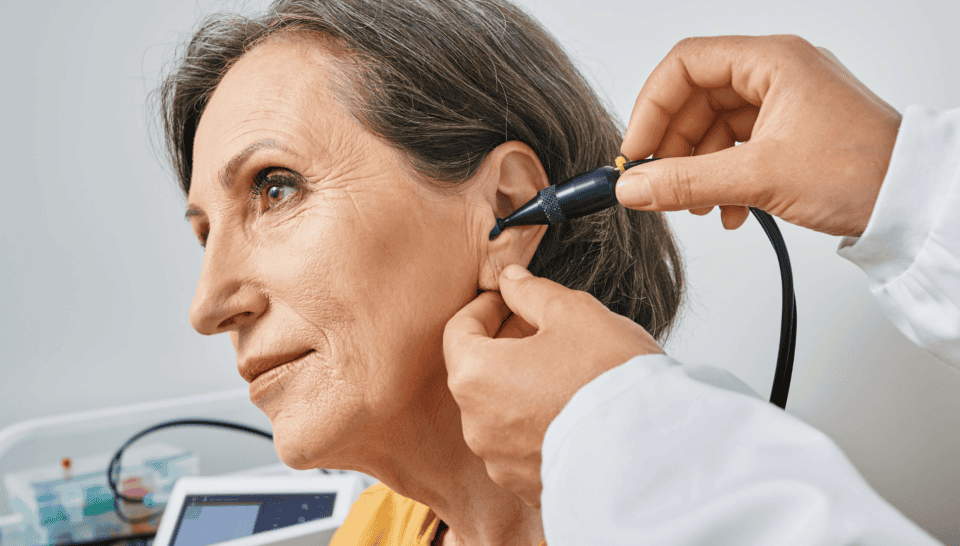
What to Expect at a Hearing Test
Hearing tests are essential for maintaining one’s overall health. These tests, provided by hearing health professionals, are straightforward and painless. They help diagnose any hearing issues and guide necessary treatments.
Before the Appointment
The first step in preparing for a hearing test is scheduling the appointment. During this call, the staff gathers general information such as age, medical history, and any current issues. This helps the hearing health professional better understand individual needs.
Before heading to the clinic, it’s helpful to jot down any questions or concerns. A list of current medications can also be beneficial, as some drugs might affect hearing. Rest assured, the hearing health professional will see every detail for a thorough evaluation and clear communication.
Initial Consultation
The initial consultation begins with a friendly conversation with the hearing health professional. This relaxed dialogue is designed to understand any hearing difficulties or concerns. Expect questions about recent ear infections, exposure to loud noises, and general ear health.
This is also a time to mention any frequent symptoms, such as ringing in the ears or difficulties understanding speech. Providing thorough responses will aid in a more accurate diagnosis.
Physical Examination
After the discussion, the hearing health professional physically examines the ears. Using an instrument called an otoscope, they gently examine the ear canal and eardrum. This painless procedure checks for any blockages, wax build-up, or signs of infection.
This step is important because the ear’s physical health significantly impacts hearing ability. If abnormalities are detected, the hearing health professional might suggest further examination or treatment.
Hearing Tests
Various tests are part of a comprehensive hearing evaluation. Each test examines different aspects of one’s hearing and works together to create a complete picture of the patient’s hearing health.
- Pure-Tone Test: In a soundproof room, sounds at various pitches and volumes play through headphones. The task is simple—apply headphones and press a button when sounds are heard. This test identifies the softest tones that can be heard at different frequencies.
- Speech Test: This assesses the ability to understand speech under different conditions. The hearing health professional may ask to repeat words or sentences played through headphones at varying sound levels.
- Bone Conduction Test: This exam uses a small device behind the ear to send vibrations through the skull. It helps determine whether any hearing loss originates in the inner ear.
- Tympanometry and Other Tests: Tympanometry checks the middle ear’s health by using air pressure to measure eardrum movement. Based on initial findings, other specific tests may be conducted.
The Results, Treatment, and Next Steps
After the tests, the hearing health professional will review the results. Expect a straightforward explanation of what was found and, if necessary, a discussion about hearing loss. If any issues are identified, the hearing health professional will present options for managing hearing difficulties. This may include hearing aids, therapy, or medical referrals. The goal is to create a plan tailored to individual needs and lifestyles.
Additional follow-up appointments can be scheduled as needed. These may involve further testing or adjustments to treatment. Staying proactive about one’s hearing health is key to maintaining a good quality of life.
Conclusion
Understanding what to expect at a hearing test demystifies the process. A hearing health professional is a supportive guide in this journey to optimal hearing health. Embrace the opportunity to prioritize your ear health with confidence.
If you have questions or need further information about hearing tests, contact us today! We can help guide you to better hearing.
